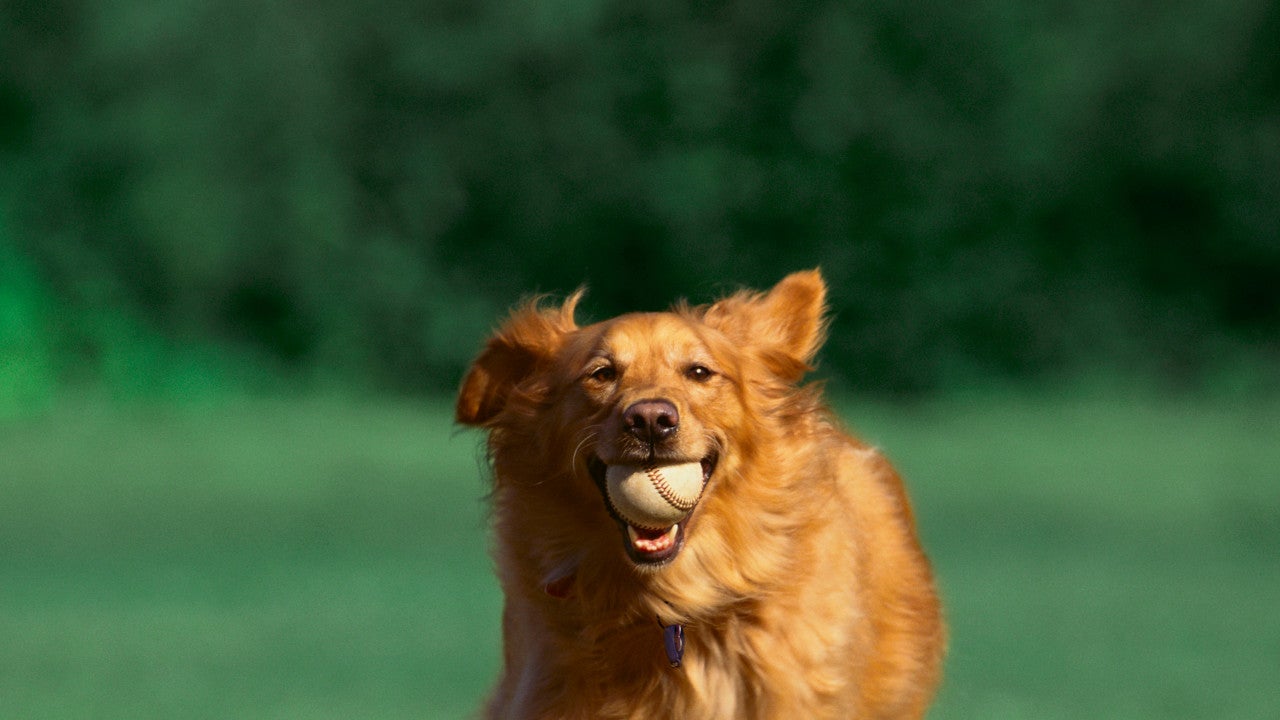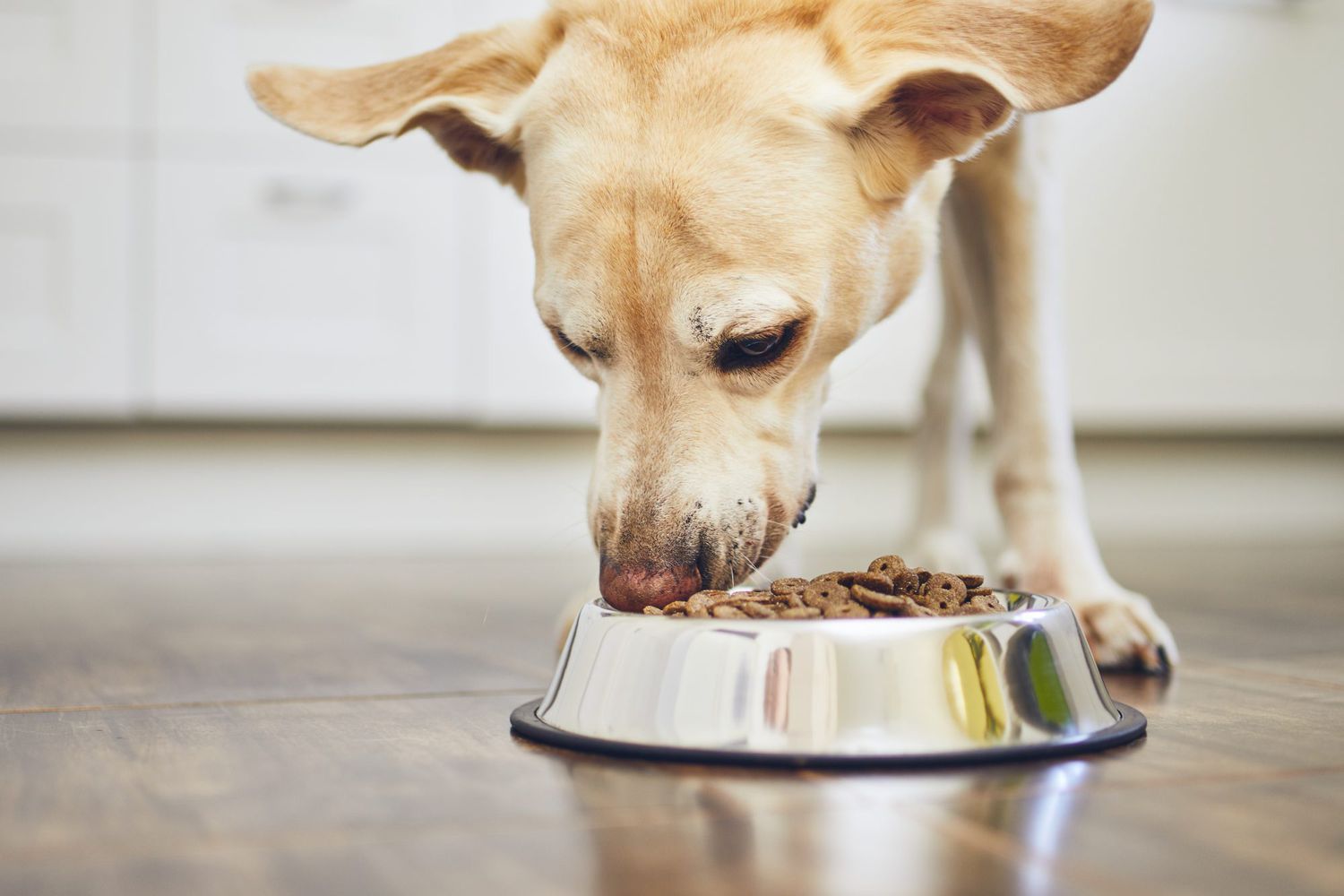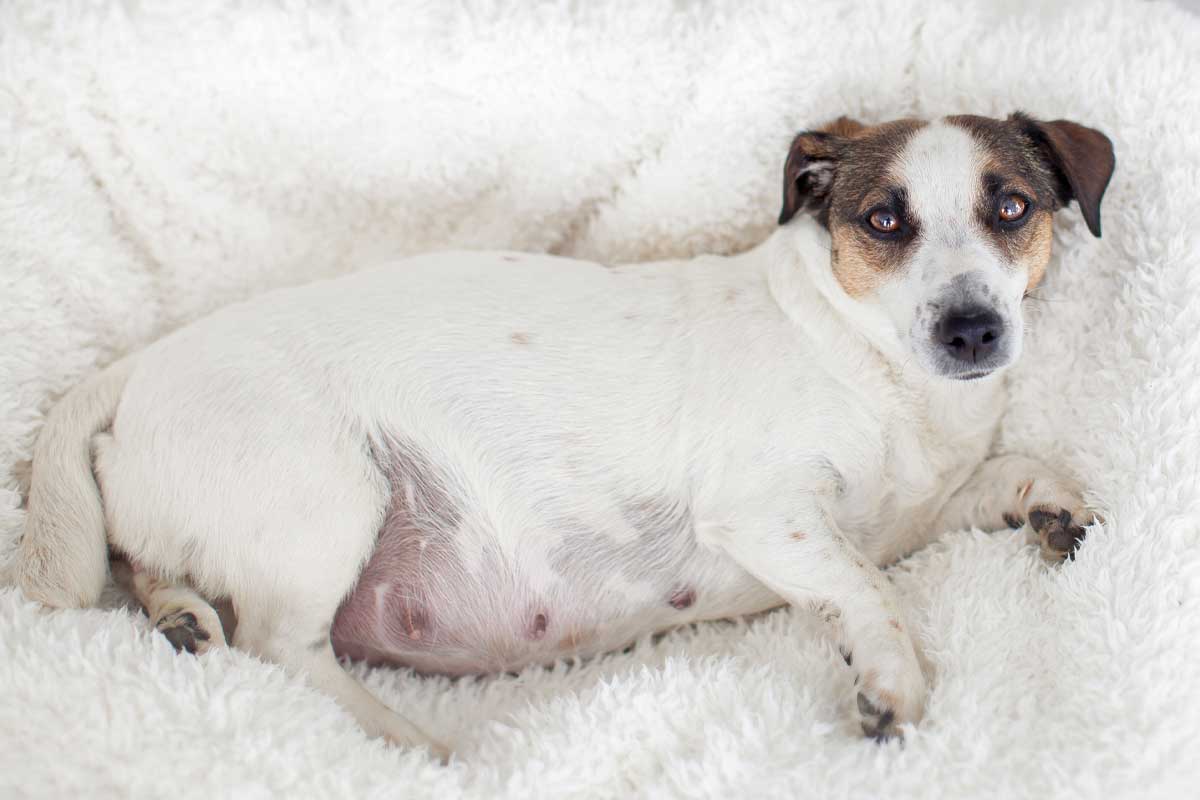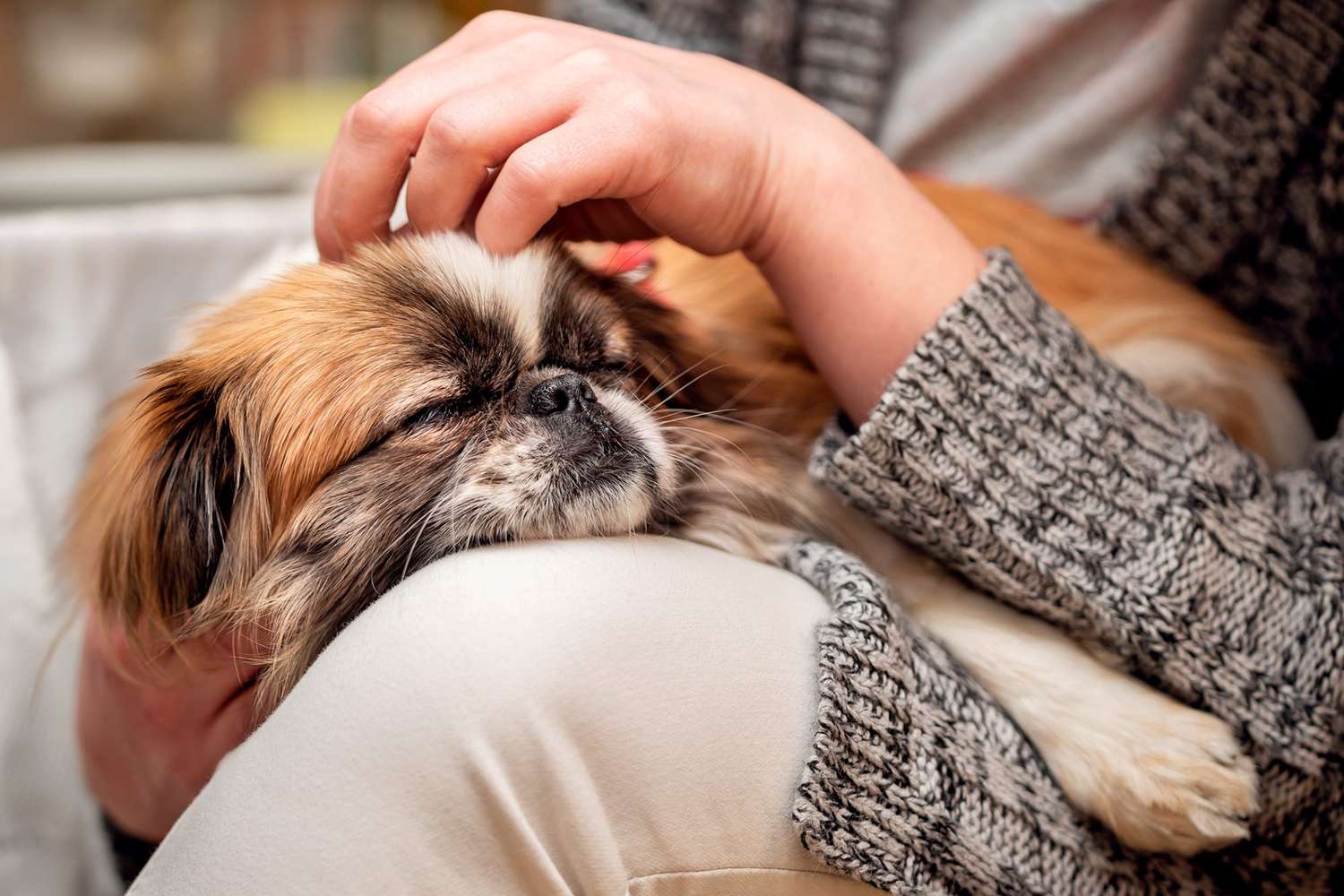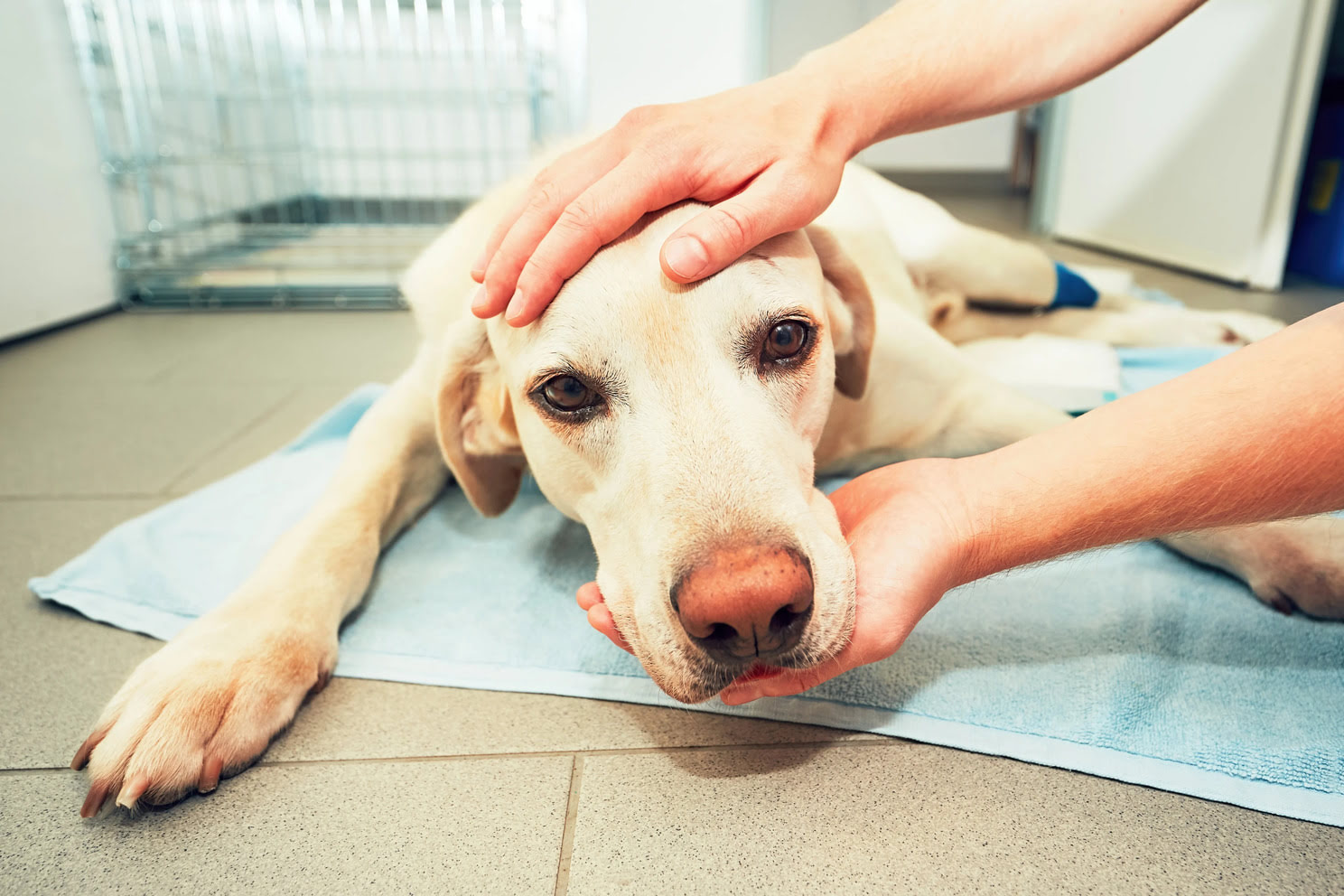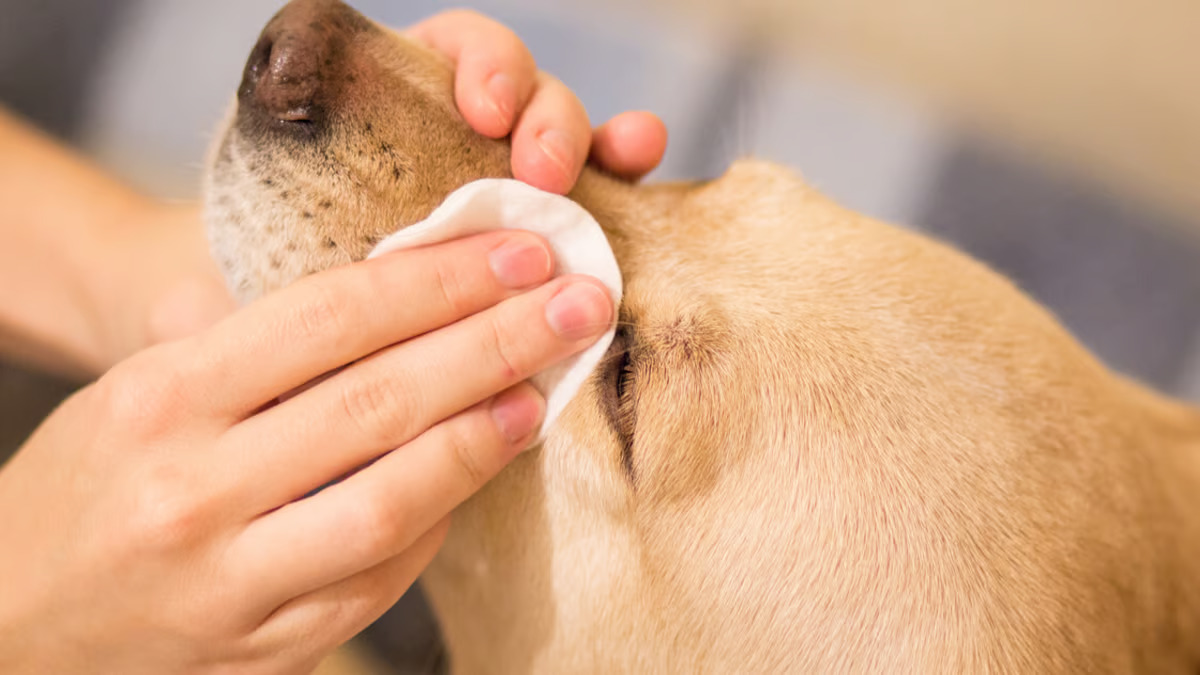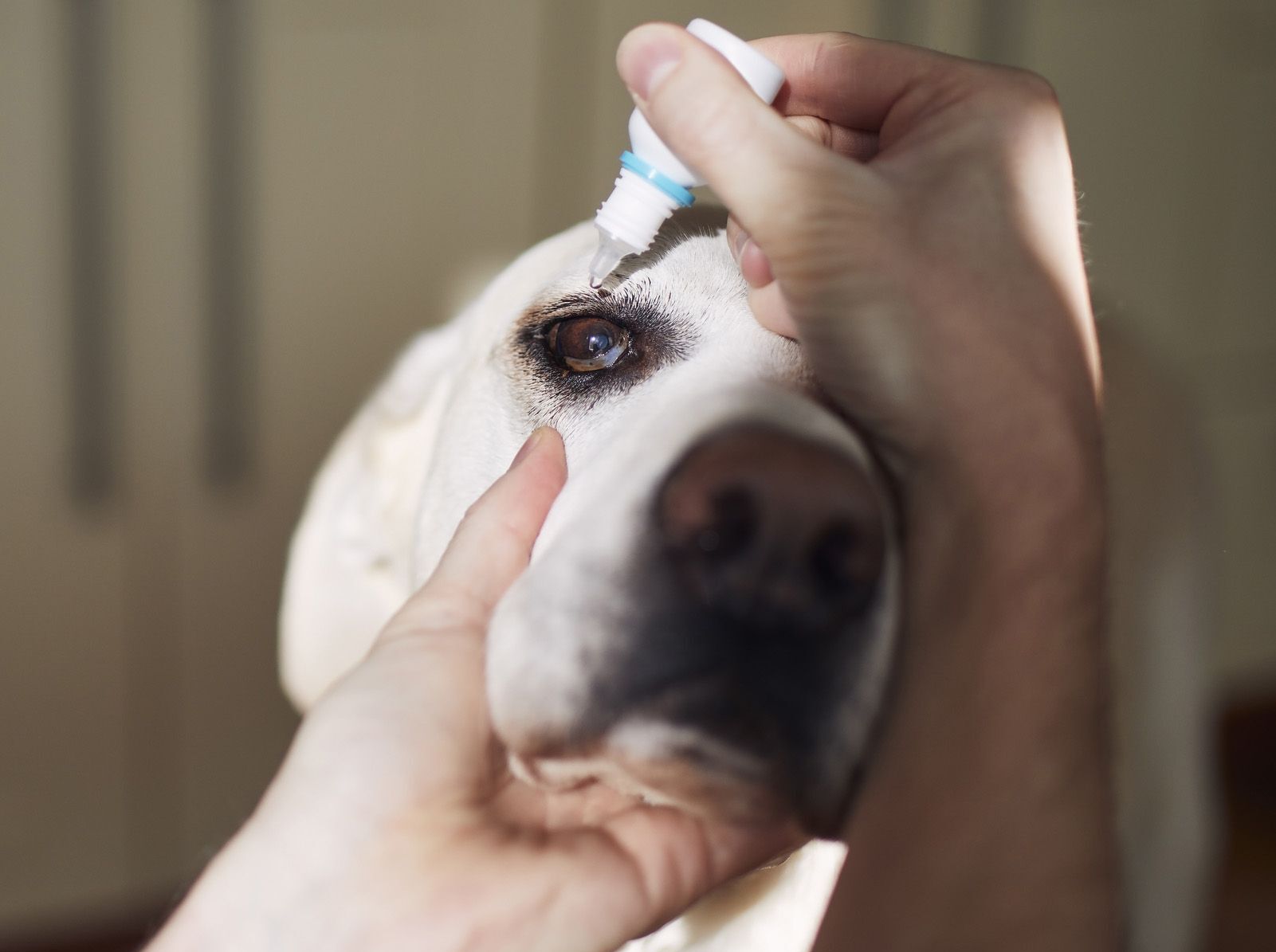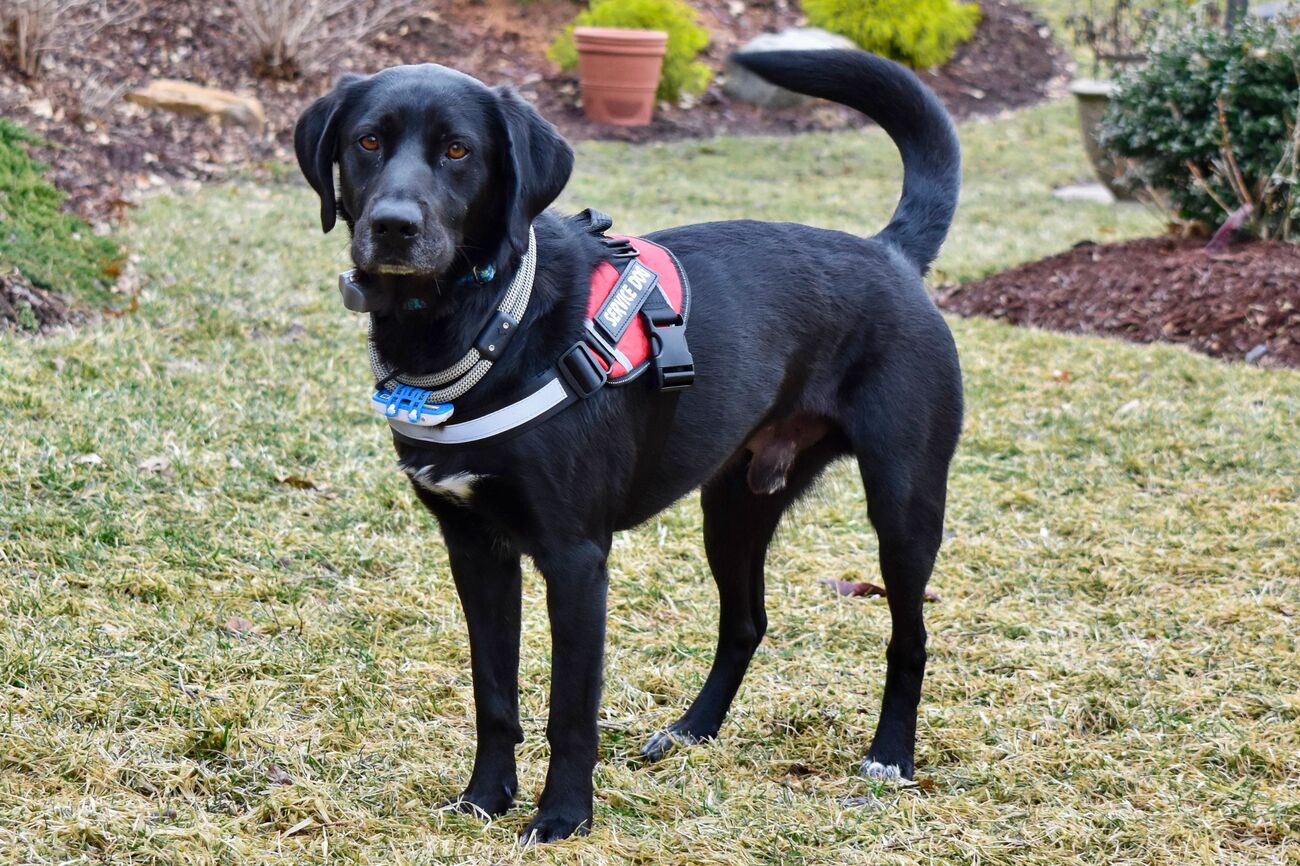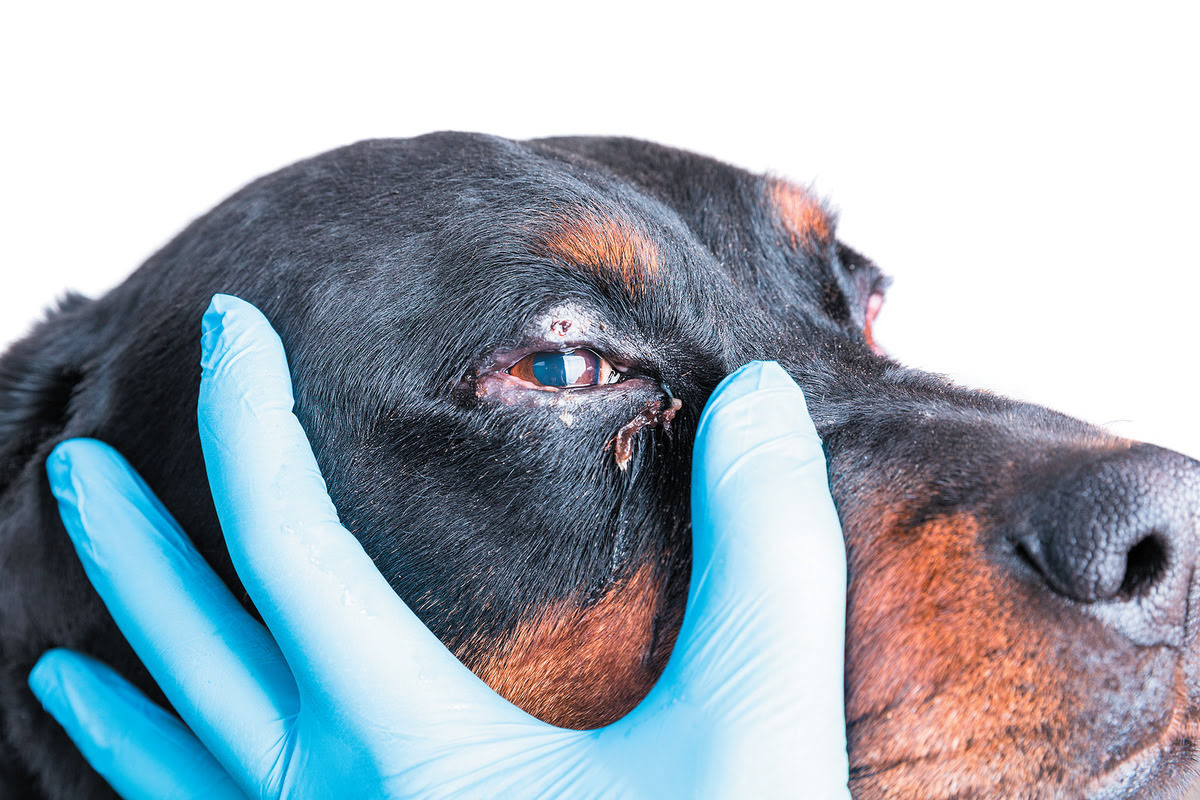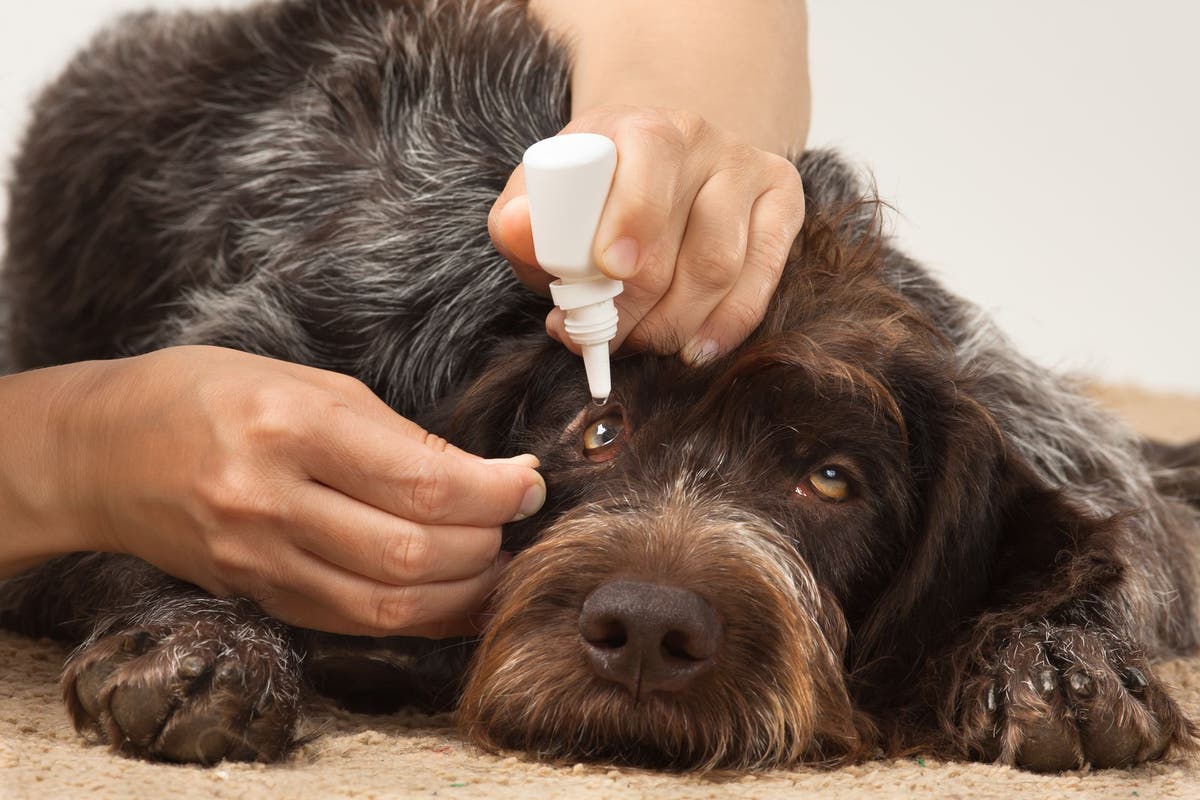Home>Health & Wellness>Common Health Issues>Eye and Ear Health>How To Safely Rinse A Dog’s Eye
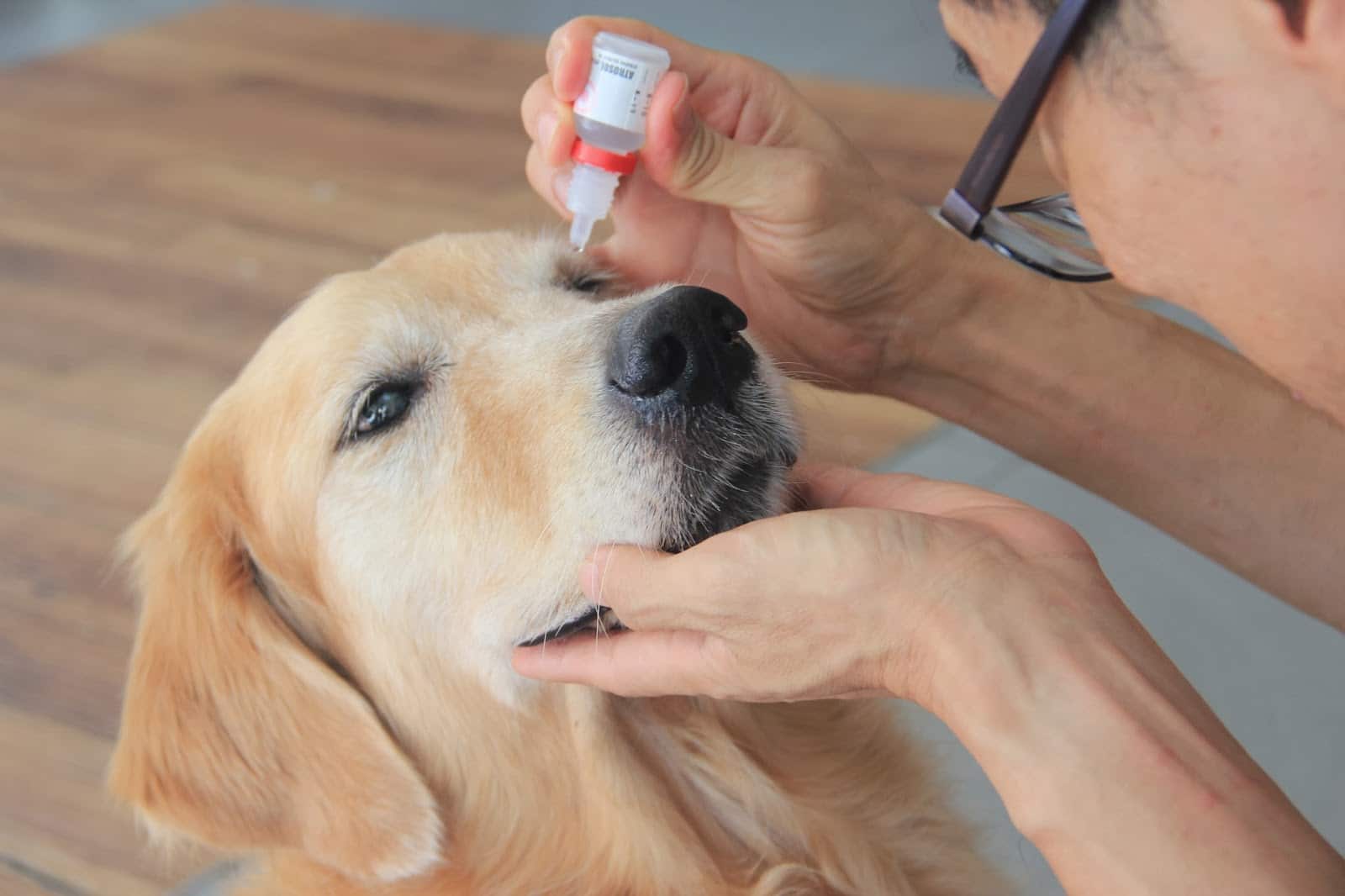

Eye and Ear Health
How To Safely Rinse A Dog’s Eye
Published: February 12, 2024
Learn how to safely rinse your dog's eye to maintain their eye and ear health. Follow these simple steps to keep your furry friend's eyes clean and healthy.
(Many of the links in this article redirect to a specific reviewed product. Your purchase of these products through affiliate links helps to generate commission for Pawsomeoldies.com, at no extra cost. Learn more)
Table of Contents
Introduction
As a dog owner, ensuring the health and well-being of your furry companion is a top priority. Just like humans, dogs can experience eye irritations and infections that may require immediate attention. One of the essential skills every dog owner should possess is the ability to safely rinse their dog's eye when necessary. Whether it's removing debris, flushing out irritants, or addressing minor eye irritations, knowing how to perform this task can prevent further discomfort and potential complications for your canine friend.
In this comprehensive guide, we will delve into the importance of safely rinsing a dog's eye, the step-by-step process to do so effectively, precautions to keep in mind, and when it's crucial to seek professional veterinary care. By understanding and mastering this skill, you can provide your dog with prompt relief and aid in maintaining their ocular health. Let's embark on this journey to equip you with the knowledge and confidence to care for your dog's eyes with expertise and compassion.
Understanding the Importance of Safely Rinsing a Dog's Eye
Safely rinsing a dog's eye is a crucial aspect of responsible pet ownership. Dogs are naturally curious and playful animals, often exploring their surroundings with unbridled enthusiasm. However, this adventurous spirit can sometimes lead to eye irritations or injuries. Common scenarios include foreign objects such as dust, dirt, or small debris entering the eye, causing discomfort and potential damage. Additionally, dogs may encounter irritants such as pollen, chemicals, or even their own fur during grooming, leading to mild to moderate eye discomfort.
By understanding the significance of safely rinsing a dog's eye, pet owners can proactively address these issues, preventing further complications and promoting their canine companion's ocular health. Promptly rinsing a dog's eye can help remove foreign particles, reduce inflammation, and alleviate discomfort, ultimately aiding in the prevention of potential infections. Furthermore, this practice can contribute to maintaining the overall well-being and comfort of the dog, fostering a strong bond based on trust and care between the pet and its owner.
Moreover, regular eye rinsing can serve as a preventive measure, minimizing the risk of more serious eye conditions. By keeping the eyes clean and free from irritants, pet owners can mitigate the likelihood of developing infections or more severe issues that may require extensive veterinary intervention. This proactive approach to eye care can significantly contribute to the long-term health and happiness of the dog, ensuring that their eyes remain vibrant, clear, and free from unnecessary discomfort.
In essence, understanding the importance of safely rinsing a dog's eye empowers pet owners to take proactive measures in maintaining their dog's ocular health. By recognizing the potential risks and benefits associated with this practice, dog owners can effectively safeguard their pet's eyes, promoting a higher quality of life and fostering a deeper connection built on attentive care and compassion.
Steps to Safely Rinse a Dog's Eye
Rinsing a dog's eye requires a gentle and methodical approach to ensure the safety and comfort of your furry friend. Here are the essential steps to effectively and safely rinse a dog's eye:
-
Prepare the Environment: Find a quiet and well-lit area where you and your dog can comfortably engage in the rinsing process. It's crucial to create a calm and relaxed atmosphere to minimize your dog's anxiety and facilitate a smooth experience.
-
Gather Necessary Supplies: Assemble the required supplies, including a clean and soft cloth or gauze, a saline solution specifically formulated for eye rinsing, and treats to reward your dog for their cooperation.
-
Positioning and Restraint: Gently but securely hold your dog in a comfortable position, ensuring that they feel supported and at ease. If necessary, enlist the help of a family member or friend to assist with holding your dog during the rinsing process.
-
Assess the Eye: Carefully examine your dog's eye to identify any visible debris, discharge, or signs of irritation. This initial assessment will guide the rinsing process and help you determine the extent of the issue.
-
Administer the Saline Solution: Using a clean dropper or the provided applicator, carefully administer the saline solution to your dog's eye. Ensure that the solution is at room temperature to prevent any discomfort. Gently squeeze the dropper to release a small stream of the solution onto the eye, allowing it to flush out any foreign particles or irritants.
-
Encourage Blinking: After administering the saline solution, encourage your dog to blink by softly blowing on their face or gently stroking the area around the eye. This natural blinking action can help distribute the solution and dislodge any remaining debris.
-
Gently Wipe the Eye: If there are visible discharge or debris, use a clean, damp cloth or gauze to gently wipe around the eye, taking care not to apply excessive pressure. This step aids in removing any residual particles and promotes comfort for your dog.
-
Offer Comfort and Rewards: Throughout the process, provide verbal reassurance and comforting gestures to alleviate any stress or apprehension your dog may experience. Additionally, offer treats and praise as a positive reinforcement for their cooperation.
By following these steps with patience and attentiveness, you can effectively and safely rinse your dog's eye, promoting their ocular health and overall well-being. Remember to approach the process with gentleness and empathy, ensuring that your dog feels supported and cared for throughout the entire experience.
Precautions to Take When Rinsing a Dog's Eye
When undertaking the task of rinsing your dog's eye, it is essential to approach the process with a keen awareness of potential risks and the need for careful handling. By taking the following precautions, you can ensure the safety, comfort, and effectiveness of the eye rinsing procedure for your beloved canine companion.
1. Gentle Handling: Prioritize gentle and reassuring handling throughout the entire process. Approach your dog with a calm demeanor, using soothing tones and gentle gestures to alleviate any anxiety or apprehension they may feel. This approach fosters a sense of trust and security, crucial for a successful eye rinsing experience.
2. Avoid Startling Movements: Dogs are sensitive to sudden movements and loud noises, which can startle them and make the process challenging. Maintain a steady and composed approach, minimizing abrupt actions that may cause your dog to become agitated or fearful.
3. Use Appropriate Restraint: If your dog tends to be restless or uncooperative during the rinsing process, consider using gentle restraint to ensure their safety and the effectiveness of the procedure. Enlist the help of a family member or friend to assist with holding your dog in a secure yet comforting manner.
4. Opt for Veterinary-Approved Solutions: When selecting a saline solution for rinsing your dog's eye, opt for products specifically formulated for ocular use and approved by veterinarians. Avoid using homemade or improvised solutions, as they may not be sterile or suitable for your dog's delicate eye tissues.
5. Avoid Direct Contact with the Eye: When administering the saline solution, ensure that the dropper or applicator tip does not come into direct contact with your dog's eye. This precaution prevents potential injury or contamination and maintains the sterility of the solution.
6. Monitor for Adverse Reactions: Throughout the rinsing process, observe your dog for any signs of discomfort, such as excessive blinking, pawing at the eye, or increased redness. If you notice any concerning reactions, discontinue the rinsing and seek veterinary guidance promptly.
7. Maintain a Positive Environment: Create a serene and positive environment for the rinsing procedure, minimizing distractions and ensuring adequate lighting. A tranquil setting contributes to your dog's comfort and cooperation, facilitating a smoother and more effective eye rinsing experience.
By adhering to these precautions, you can navigate the process of rinsing your dog's eye with attentiveness and care, prioritizing their well-being and comfort throughout the entire procedure. These measures not only contribute to the success of the eye rinsing process but also strengthen the bond of trust and understanding between you and your canine companion.
When to Seek Veterinary Care for Your Dog's Eye
While knowing how to safely rinse your dog's eye is valuable, there are instances where professional veterinary care is essential to address more complex or severe eye issues. Recognizing the signs that warrant veterinary attention is crucial for safeguarding your dog's ocular health and preventing potential complications. Here are the circumstances that indicate the need to seek veterinary care for your dog's eye:
Read more: How Safe Is Zyrtec For Dogs With Allergies
Persistent Discomfort and Irritation
If your dog continues to exhibit signs of eye discomfort, such as excessive blinking, pawing at the eye, or visible redness, despite your attempts to rinse the eye, it is imperative to consult a veterinarian. Persistent irritation may indicate an underlying issue that requires professional assessment and treatment.
Presence of Discharge or Unusual Secretions
The presence of abnormal discharge from your dog's eye, characterized by excessive tearing, pus-like secretions, or a change in the eye's appearance, warrants immediate veterinary attention. Unusual secretions may signal an infection, injury, or underlying health concern that necessitates expert evaluation and intervention.
Sudden Onset of Eye Swelling or Redness
If your dog's eye suddenly swells, appears red, or exhibits pronounced inflammation, it is a clear indication to seek veterinary care promptly. Sudden onset of swelling and redness may signify an acute condition that requires professional diagnosis and targeted treatment to prevent further complications.
Persistent Foreign Object or Injury
In cases where a foreign object remains lodged in your dog's eye or if the eye sustains an injury that does not improve with home care, veterinary assessment is crucial. Leaving a foreign object or untreated injury unaddressed can lead to complications and potential damage to the eye.
Read more: How Safe Is Science Diet Food For Dogs
Unexplained Changes in Vision or Behavior
Any unexplained changes in your dog's vision, such as disorientation, reluctance to move, or altered behavior related to visual impairment, necessitate immediate veterinary evaluation. These changes may indicate serious underlying issues that require prompt attention to preserve your dog's ocular health and overall well-being.
Recurring or Worsening Symptoms
If your dog experiences recurring or worsening eye symptoms, despite previous treatment or home care efforts, it is essential to seek veterinary care. Recurring symptoms may indicate an unresolved issue or an underlying condition that requires professional diagnosis and targeted management.
By remaining vigilant and responsive to these signs, you can prioritize your dog's ocular health and well-being, ensuring that any potential eye concerns are promptly addressed by a qualified veterinary professional. Seeking timely veterinary care when necessary is a proactive step in safeguarding your dog's vision and overall quality of life.
